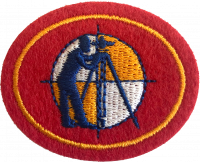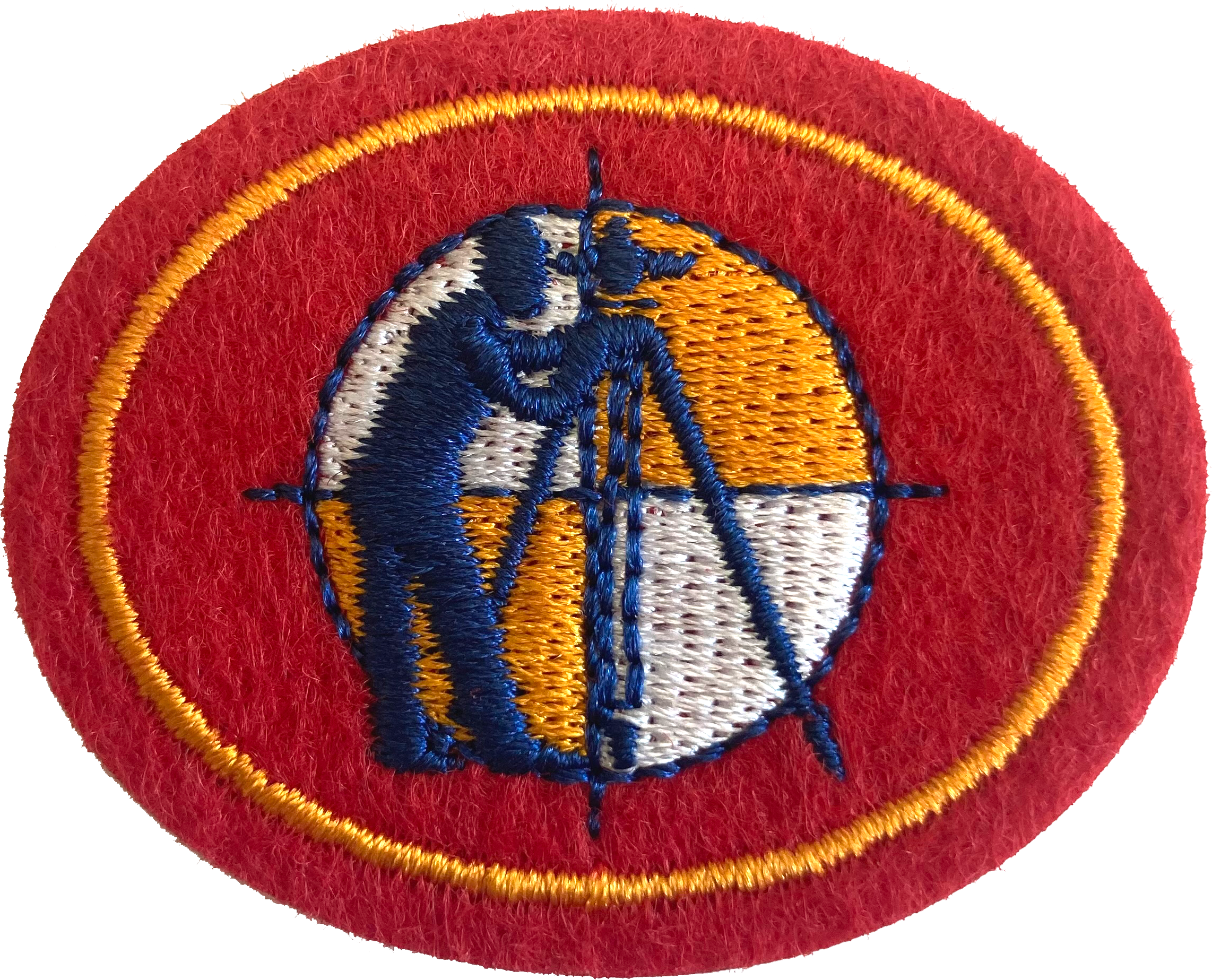Difference between revisions of "AY Honors/Land Surveying/Requirements/es"
(Created page with "</noinclude>Demostrar su capacidad para aproximar distancias recorriendo una distancia de más de 100 pies (30 m) y tener una precisión del 5 %. <noinclude>") |
(Created page with "</noinclude>Identificar el sistema topográfico o la adaptación que prevalece en su área. Hacer una de las siguientes: <noinclude>") |
||
| Line 54: | Line 54: | ||
<noinclude></noinclude><section end=req5 /></b> | <noinclude></noinclude><section end=req5 /></b> | ||
| − | <b>6. <section begin=req6 /><noinclude> | + | <b>6. <section begin=req6 /><noinclude></noinclude>Identificar el sistema topográfico o la adaptación que prevalece en su área. Hacer una de las siguientes: |
| − | </noinclude> | + | <noinclude></noinclude><section end=req6 /></b> |
| − | <noinclude | ||
| − | |||
:<b>a. <section begin=req6a /><noinclude><div lang="en" dir="ltr" class="mw-content-ltr"> | :<b>a. <section begin=req6a /><noinclude><div lang="en" dir="ltr" class="mw-content-ltr"> | ||
Revision as of 19:17, 6 December 2022
Nivel de destreza
2
Año
2023
Version
26.12.2025
Autoridad de aprobación
División Norteamericana
1. ¿Qué es la agrimensura?
2. Identificar y tener una comprensión básica del propósito de los siguientes equipos topográficos:
- a. Trípode
- b. Nivele y nivel de tránsito óptico
- c. Teodolito
- d. Plomada
- e. Arandelas y clavos
- f. Varilla de nivelación
- g. Cinta métrica
- h. Cuaderno de campo
- i. Estación total
- j. Marcar con bandera, marcadores topográficos y pintura marcadora
3. Conocer los conceptos básicos para llevar y registrar en un cuaderno de campo de topografía.
4. Demostrar la conversión de las unidades de medida topográficas a otras unidades:
- a. Longitud: cadena de ingeniero (Ramsden), pie, furlong, cadena de agrimensor (Gunter), kilómetro, link, metro, milla, rod (perch o pole) y yarda
- b. Superficie: acre, hectárea y milla cuadrada
5. Demostrar su capacidad para aproximar distancias recorriendo una distancia de más de 100 pies (30 m) y tener una precisión del 5 %.
6. Identificar el sistema topográfico o la adaptación que prevalece en su área. Hacer una de las siguientes:
- a.
Demonstrate your understanding of the surveying system or adaptation that is prevalent in your area by reading a legal property description in your area and drawing the subject property to scale.
- b.
Be able to answer and complete the following about the Public Land Survey System (PLSS):
- What are Principal Meridian Lines and Base Lines?
- What are Township Lines and Range Lines?
- What is a Township?
- What is a Section? How many are in each township? Know the method used to identify a section.
- Sketch the numbering of sections in a PLSS grid (or adaptation as used in your location).
- Demonstrate your ability to locate any parcel within a section.
Interview a licensed land surveyor and learn about the role of a surveyor, types of projects that they work on, types of equipment that they use, and what it took to become licensed.
- a.
Demonstrate your understanding of the surveying system or adaptation that is prevalent in your area by reading a legal property description in your area and drawing the subject property to scale.
- b.
Research the rules and laws in your area to determine the process to become a licensed professional land surveyor in your area. What activities require that one be a licensed professional land surveyor?
8.
Demonstrate your ability to use surveying equipment, keep good survey notes and establish an elevation by working as a 2 to 4-person survey crew to set 5 benchmarks at a minimum distance of not less than 50-feet apart (15 m), and close your circuit within +/- 1 inch (2.5 cm).
9.
The Bible contains many references to surveying. Answer the following questions about "spiritual surveying":
- a.
All surveying starts with a good benchmark as a point of beginning or initial point. Who is our initial point / point of beginning? Discuss how we as Christians are all connected back to the "initial point."
- b.
Find a verse in the Bible that talks about a corner stone "initial point."
- c.
Plumb lines are mentioned several times in the Bible. Find two examples and discuss why its mention is important.
- d. Buscar dos versículos en la Biblia que mencionen los límites de terrenos y hablar acerca de la importancia de los límites en los tiempos bíblicos y en nuestras vidas hoy.


